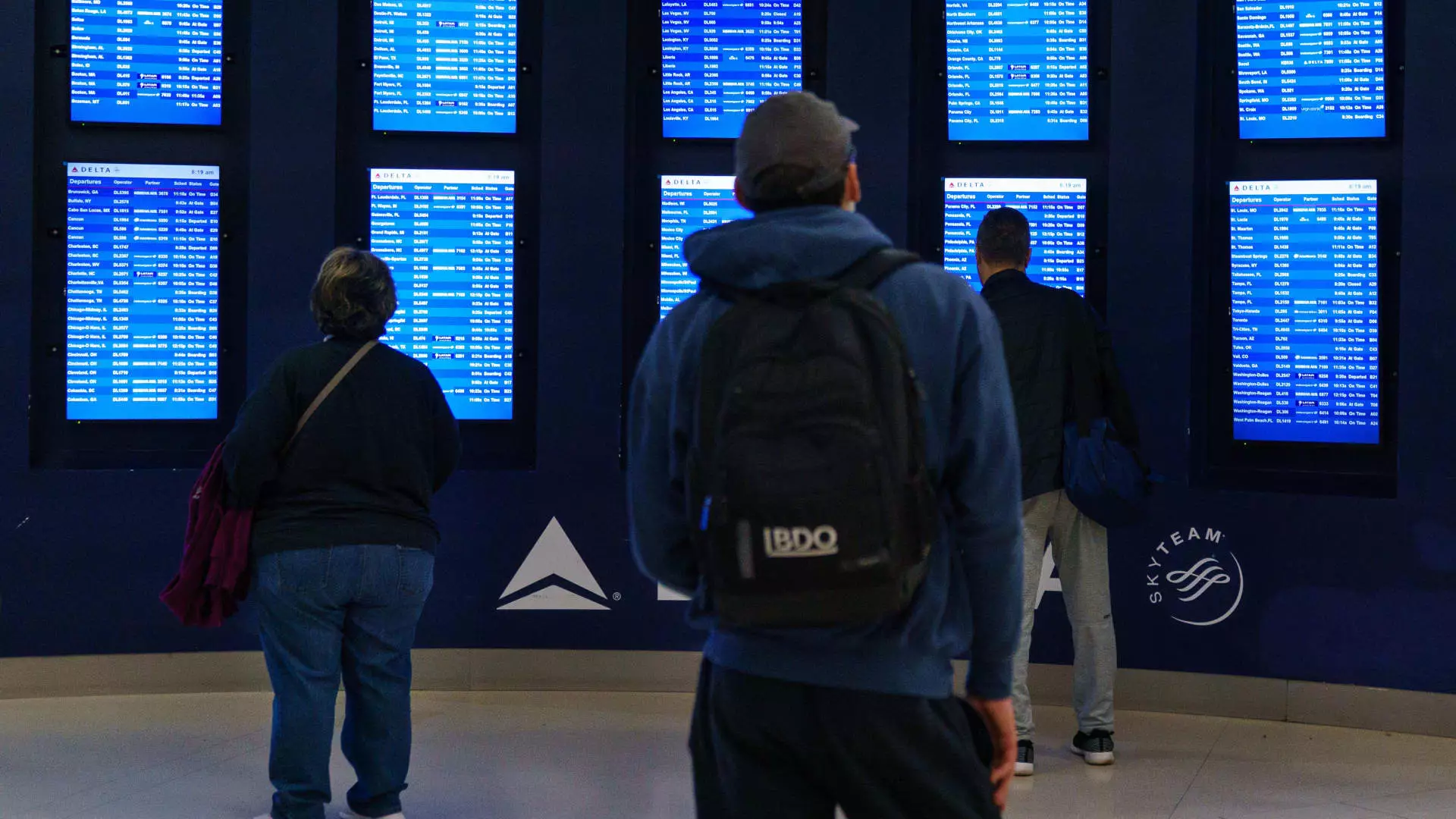In 2024, the aviation industry has witnessed a remarkable resurgence in air travel, particularly with an impressive uptick in international journeys. As reported by the International Air Transport Association (IATA), revenue-passenger miles—a key indicator of passenger demand—soared by nearly 11% from the previous year between January and October. This significant growth can be attributed to the lifting of travel restrictions, increased consumer confidence, and a booming global economy, leading to renewed enthusiasm for both leisure and business travel. Airlines have recognized this trend and are responding by adjusting their capacity to meet the rapidly growing demand.
Looking forward, IATA projects that aircraft departures will hit 40 million in 2025, an increase of 4.6% compared to 2024. This forecast illustrates the industry’s commitment to capitalizing on the growing appetite for air travel. Consequently, airlines are scrambling to enhance their services by adding flights and expanding premium seating options. This strategy is particularly lucrative for long-haul routes, where airlines can diversify their revenue streams and cater to a higher-paying clientele. However, beneath this optimistic outlook lies a series of challenges that airlines must navigate to maintain this momentum.
Despite the overall positive trajectory, the airline industry faces persistent hurdles related to aircraft shortages and financial difficulties. Many carriers continue to grapple with the implications of a reduced fleet, largely stemming from pandemic-era production slowdowns. These shortages have the potential to curtail fleet expansion efforts, placing more strain on airlines as they attempt to meet burgeoning passenger demand. Fortunately, travelers are experiencing fewer flight disruptions compared to the acute staffing crises from which the industry was recovering. This improvement is a significant step towards stabilizing operations and enhancing customer satisfaction.
Punctuality remains a critical factor in evaluating airline performance, as evidenced by a recent report from Cirium that ranks global carriers based on their on-time arrivals. The methodology used by Cirium defines on-time performance as flights arriving within 15 minutes of their scheduled time. Delta Air Lines led the way among U.S. and Canadian carriers, boasting an on-time rate of 83.46%, despite operational challenges caused by a significant outage earlier in the year. Other notable airlines include Aeromexico (86.7%) and Saudia Airlines (86.35%). These rankings not only reflect operational efficiency but also serve as a barometer of an airline’s commitment to customer service, showing how punctuality can impact overall public perception.
As the air travel landscape evolves, it is crucial for airlines to remain agile in response to changing market conditions, customer preferences, and operational challenges. By investing in their fleets and optimizing their flight offerings, carriers can position themselves to harness the ongoing recovery in travel demand. Moreover, maintaining high levels of punctuality will be essential in fostering customer loyalty and cementing a competitive advantage in a rapidly shifting aviation market. With increased collaboration among industry stakeholders, a bright future for air travel lies ahead, provided that airlines can deftly navigate the complexities that await them.


Leave a Reply